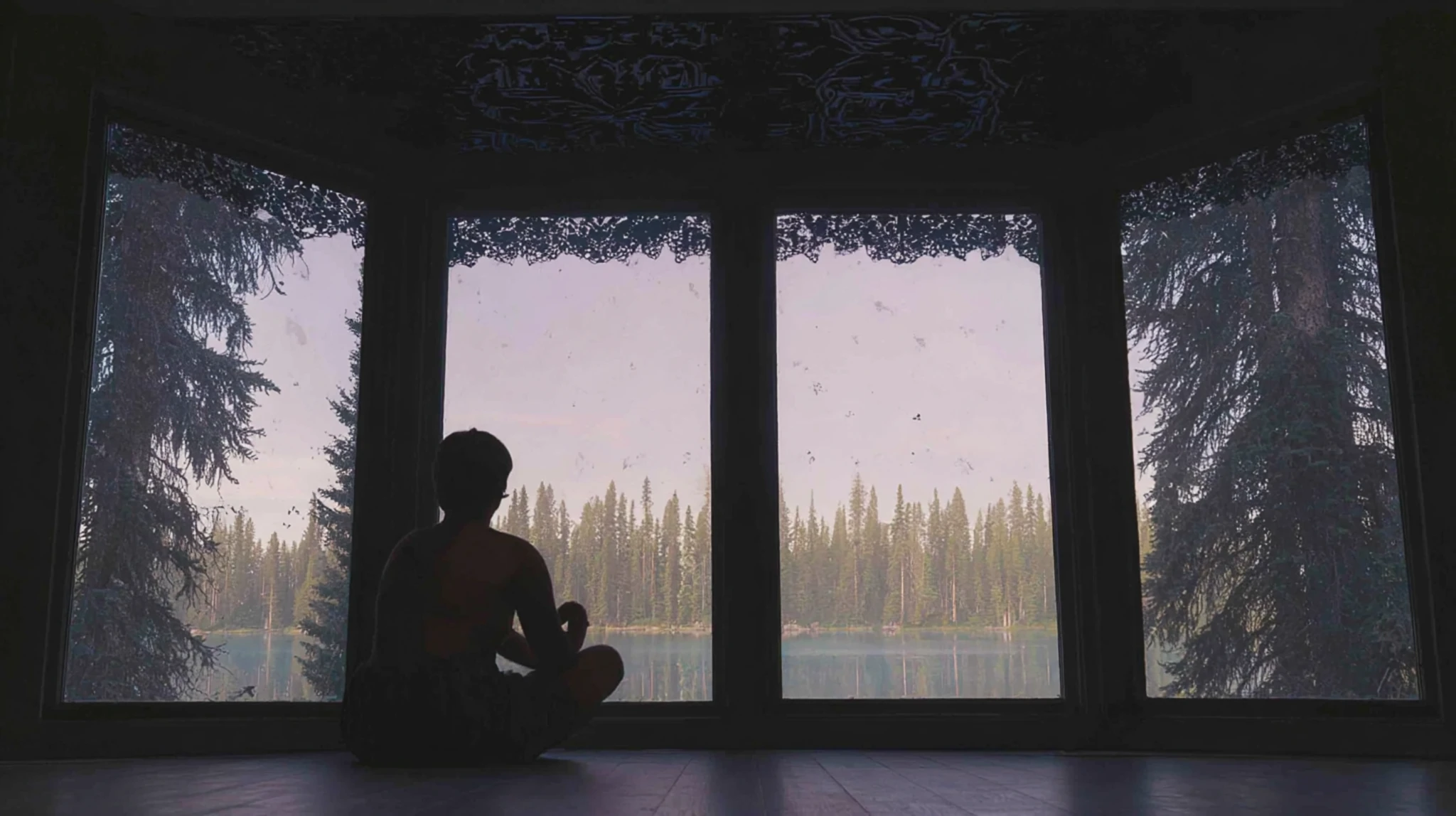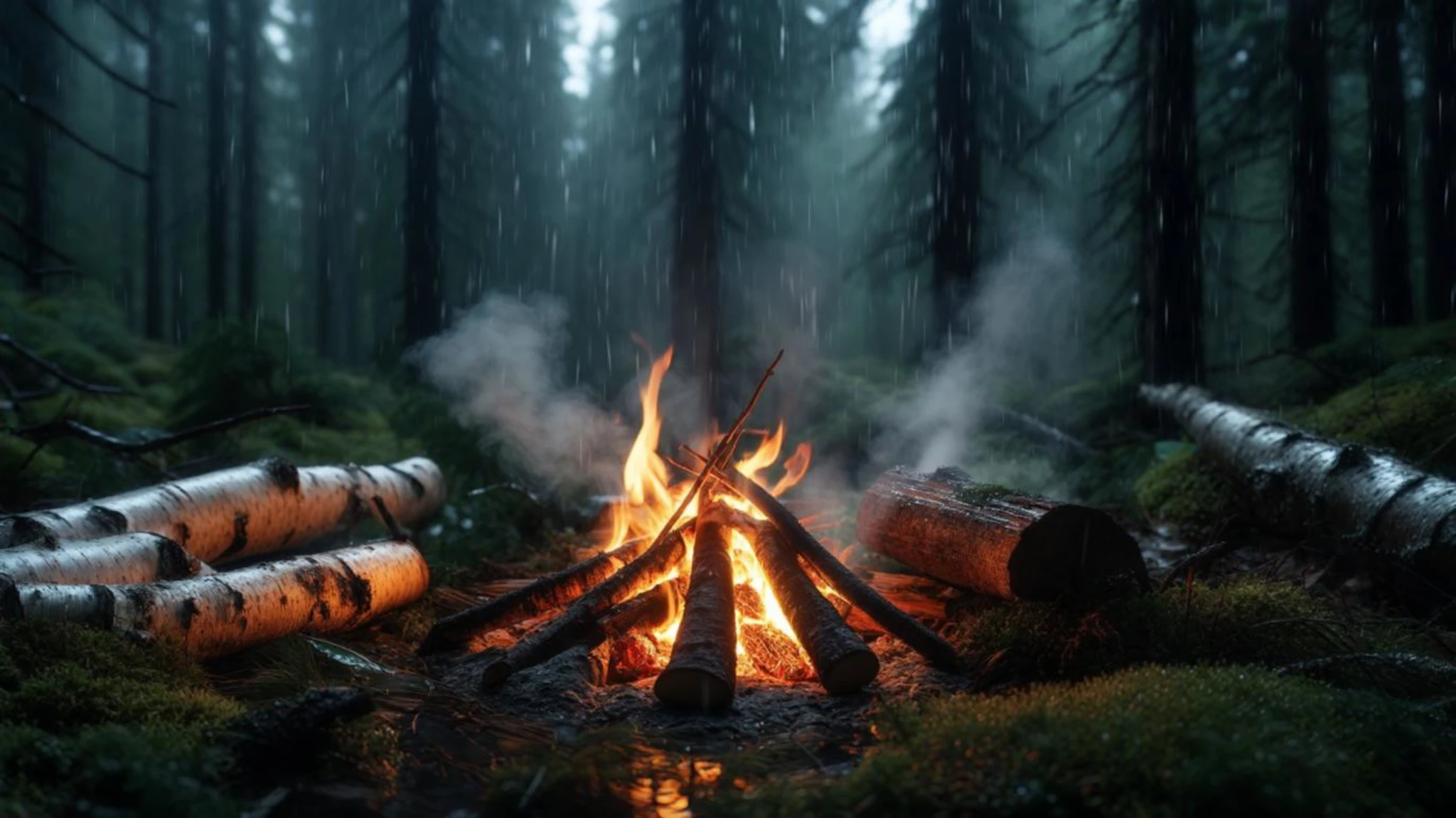Movies love the image: one grim hero disappears into the forest with a knife and a glare, returning months later with a beard, trophies, and unshakable confidence. In online forums the fantasy thrives—“When things go south, I’m grabbing my pack and heading for the hills.” It sounds seductive. No one to slow you down, no compromises, no arguments about which road to take.
But in real-world survival scenarios, the lone wolf rarely makes it past the first week with health and sanity intact. I’ve debriefed helicopter rescues, studied case files, and spent months instructing military personnel on long-range patrol craft. The pattern is clear: isolation kills—slowly through exhaustion, or suddenly through one misstep nobody was there to notice.
Five Realities That Shred the Lone-Wolf Myth
Physical Limits Stack Up Fast. One person must gather wood, haul water, process food, set traps, stand watch at night, and treat injuries. Each task siphons calories and daylight. By day four fatigue erodes coordination; by day seven decision-making wobbles. Add rain or injury and daily chores outpace energy intake.
Sleep Becomes a Liability. In a group, watch shifts allow six or more uninterrupted hours of rest. Alone, you sleep lighter and shorter, jolting awake at every branch crack. Chronic sleep deficit impairs immune response, memory, and wound healing—the exact systems you need functioning under stress.
Minor Injuries Turn Major. A twisted ankle, infected blister, or dislocated shoulder is inconvenient with partners; alone it’s catastrophic. Case studies show solo hikers dying from simple leg fractures because they lacked the leverage to splint properly or drag themselves to water.
Predators Two-Legged and Four. Human threats cluster where resources remain. A one-person camp offers no perimeter, no mutual defense, and no negotiation leverage. Wildlife learns patterns quickly; a bear revisits a food cache once it smells easy pickings. One pair of hands cannot guard and forage simultaneously.
Psychology Breaks Before the Body. Solitude plays tricks. After seventy-two hours without conversation cortisol spikes, auditory hallucinations creep in, and risk-taking climbs. Survivors who lasted weeks alone describe talking to trees and considering reckless moves just for stimulation. Willpower is finite; isolation drains it fastest.
Groups are imperfect—arguments, conflicting priorities, unequal effort—but when balanced, they multiply strength. Two people can haul a deer that one must leave behind. Three can build a weatherproof shelter in a single afternoon. Four can post watches and still collect firewood. Community is not a luxury; it is a force multiplier baked into human evolution.
If you still crave a solitary bug-out plan, treat it as a short-term bridge, not a permanent strategy. Stage caches every ten miles so injury doesn’t strand you without supplies. Learn signaling so rescue teams can find you if a busted knee ends the adventure early. Establish rendezvous protocols with trusted allies—two-way radios, scheduled check-ins, or physical markers—so you can rejoin community before exhaustion claims you.
Most importantly, practice cooperative skills now. Learn to mediate disputes, divide labor, and share credit. In a collapse, the people who thrive won’t be the hardened loners idolized on screen; they’ll be the quietly competent connectors who turn five anxious individuals into a resilient team.
When the fantasy beckons—knife, pack, endless forest—remember the data. The men and women who stagger out of wilderness alive almost always credit a partner or a passing stranger. Real survival isn’t a solo performance; it’s an ensemble.



